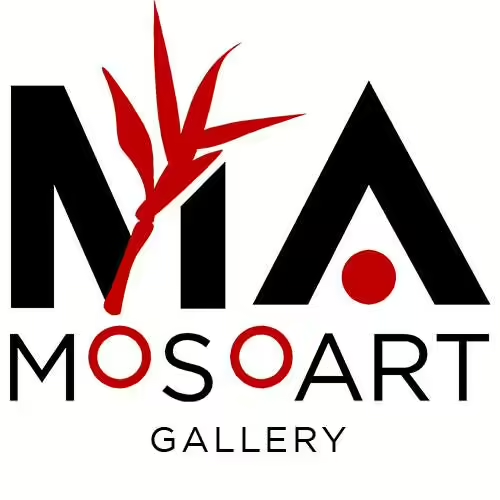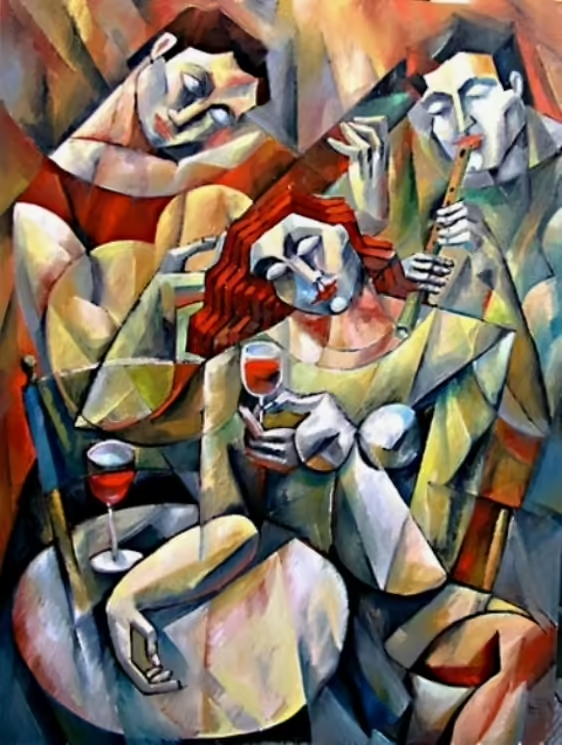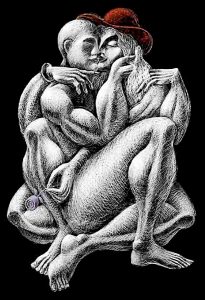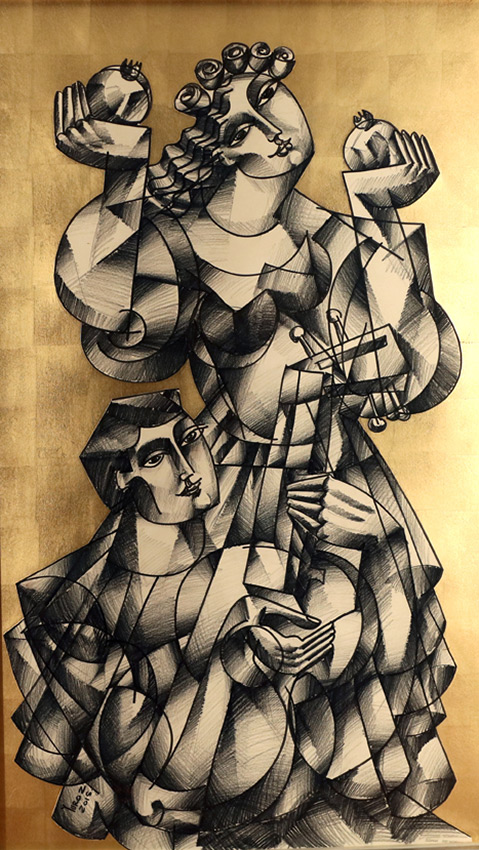The What's
Serigraphy Printing is Original Art whereas Giclée printing is a print reproduction
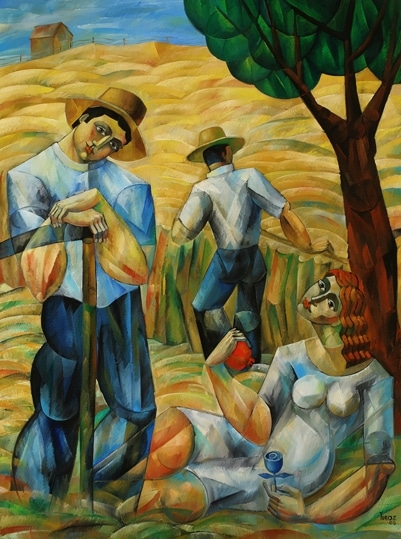
Serigraphy is the name commonly used for fine art screenprints. It is a time-honored technique, based on stenciling, for creating prints by hand. The term serigraph is a combination of the Latin word for “silk”, seri and the Greek word for “to write”, graphos. The term serigraph is used to distinguish fine art screenprints from mass-produced commercial screenprints. Serigraphy is the romantic island in the big sea of original fine art reproduction, since it is produced entirely by hand in close collaboration between the artist/publisher and the print studio.
Screenprinting can be traced back as far as the Song Dynasty (960–1279 AD). Japanese artists turned screenprinting into a complex art by developing an intricate process that involved stretching a piece of silk over a frame to hold hand-cut stencils. Screenprinting eventually found its way to the west in the late 18th century.
Numerous artisans have contributed to the evolution of screenprinting since its inception. One such artisan was Samuel Simson, who—in 1907—patented a process of painting designs on silk, which used a glue-like substance to fill the spaces in the fabric, creating a fixed stencil. The inks were then pushed through bare areas with a brush.
It wasn’t until the 1930s that the term serigraph was coined. A group of artists in the United States had been experimenting with and improving the technique and began making fine silkscreen prints. They sought to differentiate between fine art screenprinting and commercial screenprinting.
In the 1950s, serigraphy began to rise to the status of fine art. A German printmaker, Luitpold Domberger began working with prominent artists associated with the Op Art movement. Domberger worked with well-respected artists such as Josef Albers and Victor Vasarely to create highly sought after serigraphs of exceptional quality. Their work along with the contributions and experimentation of artists like Jackson Pollack helped spur a period of great creativity within screenprinting during the 1960s. Some of the great pioneers of serigraphy were Pablo Picasso, Henri Matisse, Erte, Roy Lichtenstein and Andy Warhol. These artists “gave the medium its ultimate legitimacy in the fine arts” and helped bring the screenprint medium to the “forefront of printmaking.”
This classic method of fine art reproduction involves labor and material intensive processes. It is expensive! The serigrapher must literally recreate the entire work. It begins by determining how many colors are represented in the original painting. The print studio makes a separate screen for each color to be printed. If there are 70 colors printed, there must be 70 screens prepared and created by a chromist (hand color separator artist) that are then embedded into the fabric, and ink is passed through a squeegee on the canvas creating a texture on the surface.
Each hand-mixed color is printed with water-based inks and then laid on large printing racks to dry. After approximately 2 to 3 hours, the next color can be printed. The print grows with every printing, becoming richer and more complete, until the artist is satisfied. On an average day, 1 to 2 colors can be printed. At the finishing stage a texture varnish applied to simulate one-to-one the brush stroke of the artist. An edition of 300 with 70 colors can take anywhere from 2 to 4 months to complete.
Serigraphs are best known for rich and vibrant color and the artist/publisher can see and adjust the evolution of the colors through many proofing stages. The depth of color in the resulting fine art serigraph is almost luminous.
They are produced in limited editions in order to control their rarity. Once an edition is complete, the drawings and the screens are destroyed. This ensures that each print is truly a unique, limited edition piece of art. In today’s age of automated technology and photomechanical reproduction, this kind of fine art printing has truly become a rarity.
The amount of time, skill and effort invested in the creation of a serigraph edition is reflected in the strong archival qualities and extreme longevity, and are excellent heirloom pieces.
At art auctions in New York, serigraphs by living artists have sold as high as six figures prices. There are serigraphs which have been accepted into prestigious art museum collections around the globe.
Because of the meticulous handiwork it takes a create a serigraph print edition, each individual print in the edition is an original unto itself and the only thing that limits its value is the notoriety of the artist. The process yields a fine artwork that increases the serigraph prints’ value along with the original artwork. They are original art, not reproduction prints.
Do not mistake giclée printing with serigraphy. Giclée printing is a print reproduction method. During the printing process an ink jet printer is used to reproduce the original either on canvas, or on paper. This is accomplished by placing ink dots very closely to create the overall image. Giclées are essentially digital copies of an original and not an original artwork.
The art of serigraphy is well established and owning one is a good art purchasing decision!
